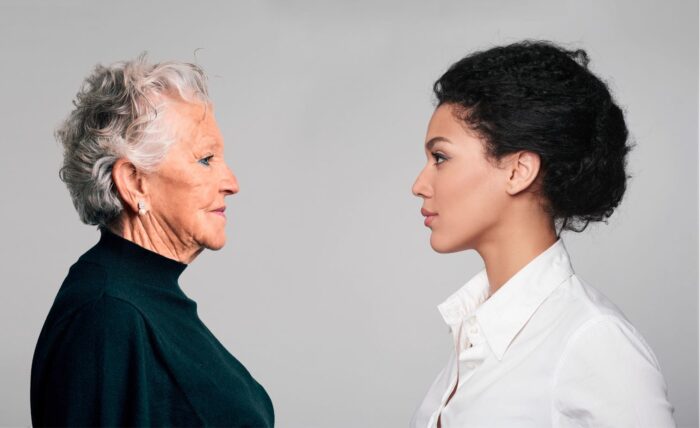
Are we overlooking an important source of diversity in the workplace, i.e. age?
by Pisana Ferrari – cApStAn Ambassador to the Global Village
According to a recent study titled “Harnessing the power of age diversity”, published in the Harvard Business Review, while companies have in recent times renewed their diversity efforts, only a tiny percentage include age as part of their DEI strategy. This is a missed opportunity: age-diverse teams are valuable because they bring together people with complementary abilities, skills, information, and networks, say the authors. The reality, however, they add, is that in organizations the lack of trust between older and younger workers often yields a culture of competition and resentment. This in turn can lead to emotional conflict, higher employee turnover, lower team performance and even productivity losses. “OK, Boomer,” “Gen X cynics,” “entitled Millennials,” and “Gen Z snowflakes….” this kind of stereotyped generational name-calling sows division and makes us forget there is strength in age diversity. The authors of the study put forward a 4-step approach towards “a productive embrace of one another’s differences”. The first two, “Identify your assumptions” and “Adjust your lens”, help overcome false stereotypes. The next two, “Take advantage of differences” and “Embrace mutual learning”, guide people to share knowledge and expertise so that they can grow together. A useful exercise for all of us, we dare say.
Identify your assumptions
An “assumption audit” can be done by asking employees to look out for age-based assumptions in their own work and workplace, e.g. noticing that a a young employee who has asked for more responsibility has been dismissed as being “entitled”, or that senior employees have been left out of a meeting on innovation. Follow-up meetings should discuss results.
Adjust your lens
Recognizing assumptions is an important first step, the next one consists in combatting them. “Adjusting your lens” is about considering whether judgments have been made based only on one’s own frame of reference. It is essential to try to understand why colleagues from different generations might behave differently.
Take advantage of differences
Once assumptions have been recognized and one’s lenses adjusted, work can start on finding productive differences with colleagues of other generations and ways to benefit from each other’s perspectives, knowledge, and networks. Meetings can be organised to elicit ideas for how to work together in a more productive and smooth manner.
Embrace mutual learning
The ultimate goal of this 4-step approach is of course mutual learning: one way to encourage it is with formal mentoring initiatives, working both ways (mutual mentoring). Research shows that such programs support employees’ development of competencies and skills and increase both individual involvement and collective motivation.
Putting it all into practice
The authors provide a number of exercises to carry out within the 4-step approach and some interesting examples of successful multigenerational initiatives. One such case is the development of the first low-cost open-source metal 3D printer at the Technology Lab of the Michigan Technological University. To develop this new product, the technical skills of “Gen X” faculty were needed, as well as the the “software wizardry” of “Millennial” graduate students, and the experience of “Boomer” researchers. When a younger team member turned to Amazon to order an urgently needed mechanical component, an older colleague intervened and built it from spare parts quicker than even Amazon could have delivered it. “By combining abilities, the team developed the ability to 3D print in aluminum and steel at a much lower cost than had been possible”.
Read more about cApStAn’s Diversity, Equity, Inclusion & Bias Reduction Consultancy at this link
See also our article on “Is ageism the last “acceptable” bias? at this link
Sources
Harnessing the power of age diversity, Megan W. Gerhardt, Josephine Nachemson-Ekwall, and Brandon Fogel, Harvard Business Review,
Photo credit Graphillus, graphic elaboration on two photos from Shutterstock